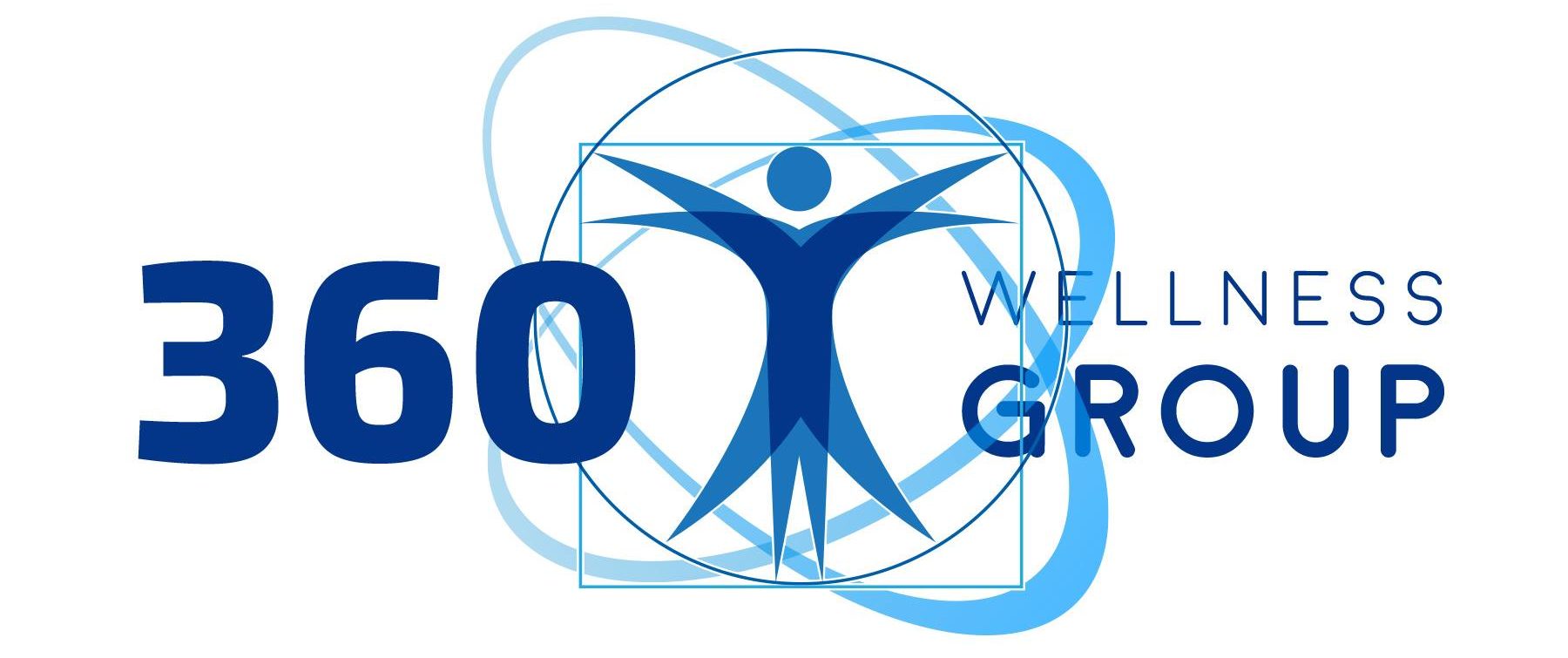This one goes out to all of our pregnant ladies! If you’re expecting – congratulations!
Preparing for a new addition to the family is such an exciting and busy time. However, in all of the planning and anticipation of the new arrival, it can be easy to neglect self-care.
Self-care is incredibly important at all times, but especially during pregnancy. While you’re literally growing another human (take a moment and let the enormity of that sink in), your body is not only tapping into extra energy reserves but also going through hormonal and significant postural changes. It’s a lot to take in over the course of nine months!
With the right self-care and planning, you can (and should!) help to actually prepare your body for childbirth. Many of the basics you can begin at home.
How Does Your Body Change During Pregnancy?
Obviously, we’re all aware of the signature external giveaway of pregnancy: the baby bump. However, throughout the course of gestation, a woman’s body is host to many unseen changes as well. With the surge of different hormones at various times, and ultimately the structural changes that a growing fetus presents to the spine and hip regions, the body is absorbing a lot of change over those nine months.
Relaxin is one hormone that comes into play in a big way during pregnancy. Just as the name suggests, it helps to relax and soften ligaments to make room for the cervix to widen during childbirth. However, it also opens your spine and pelvis to misalignment vulnerabilities, which could cause complications later. Because of all these physical changes, it’s important to stay on top of anything that doesn’t feel quite right during your pregnancy.
Pregnancy Training: It’s A Real Thing!
Athletes prepare for big races or competitions by following a training plan to prepare their bodies for the physical rigors that will be asked of them. Pregnancy should be approached similarly. With all of the physical changes and the impending rigors of labor, a birthing training plan helps to prepare your body for the intensity of childbirth. Simple, at-home exercises can help get you started.
Child’s Pose
Child’s pose is a simple yoga pose, often used as a resting pose. During pregnancy, this movement can help to lengthen your pelvic floor muscles. Keeping your pelvic floor in tip-top shape is super important when going into delivery, as a tight pelvic floor can actually slow down the birthing process. A strong and flexible pelvic floor, in turn, can lengthen to accommodate the birth better. This exercise can also ease all-too-common lower back pain and tightness.
To perform the child’s pose, start on all fours with your back parallel to the ground. Simultaneously slide your hands forward, while you sit back on your heels if you are able. Don’t force the movement, however; when sitting back always use discomfort as an instant indicator to stop, or take the pose a bit more shallow. When you’ve found your comfortable child’s pose position, take five slow, deep belly breaths before coming back to all fours. Repeat as desired.
Cat / Cow Flow
This pose is another gentle yoga pose that can work wonders for lower back pain. Many find that it’s a great exercise to perform both in the morning and in the evening to soothe the small aches and pains of daily life.
To perform cat/cow flow, start on your hands and knees again. For the movement in this exercise, you’ll follow your breath along with body cues. As you exhale, round your back up as you tuck your head and chin downward. On your inhale, bring your back into an arc while lifting your head and chin to the sky. Follow your slow, deep breaths, and continue this exercise as desired.
Deep Squats
Hello, pelvic floor relaxation! This exercise can help these crucial child birthing muscles both relax and lengthen, making it a great addition to your pre-birthing routine.
To perform a deep squat, start by standing a bit wider than hip-width apart. Slowly begin to squat as far as you can go down without discomfort. You can place your hands on the back of a chair to help guide and balance you or, if you’re comfortable with it, keep your hands pressed together in front of you. Hold this deep squat in your end position for 2-3 seconds before coming back up, slowly and controlled. Repeat up to 10 times within one session.
How Can Chiropractic Help During Pregnancy And Childbirth?
It is incredibly common for women to experience lower back pain during pregnancy. Many women find chiropractic care provides soothing relief to the aches and discomforts of carrying a growing child.
Prenatal chiropractic treatment most often involves addressing the muscles, joints, and nerves along your spine using chiropractic adjustments. These gentle adjustments can help to decrease inflammation, relieve pressure, reduce nerve irritability, and ultimately allow your entire body to relax and recover throughout your pregnancy. And, don’t worry – chiropractors who specialize in prenatal care are thoroughly trained in body positioning to keep your growing baby safe throughout treatment.
In addition to pain relief, prenatal chiropractic care can also help prepare your body for the extreme event of childbirth. With the structural changes that come along with a growing baby bump, it’s easy for your pelvis to be knocked slightly out of alignment, which can pose problems during delivery. Left untreated, it can both restrict the amount of space available to your baby during development, and also make it more difficult for your baby to rotate into the optimal birthing position. Chiropractic adjustments can help keep your pelvis in line and prepared for labor when the time comes.
Whether you’re experiencing back pain associated with your pregnancy, or simply looking for ways to prepare for childbirth, consistent chiropractic care could make a huge difference. Be proactive about your prenatal health; schedule your chiropractic appointment online or call (626) 469-7478.
This article is for informational purposes only and is not a substitute for in-person advice or care from a medical professional.

